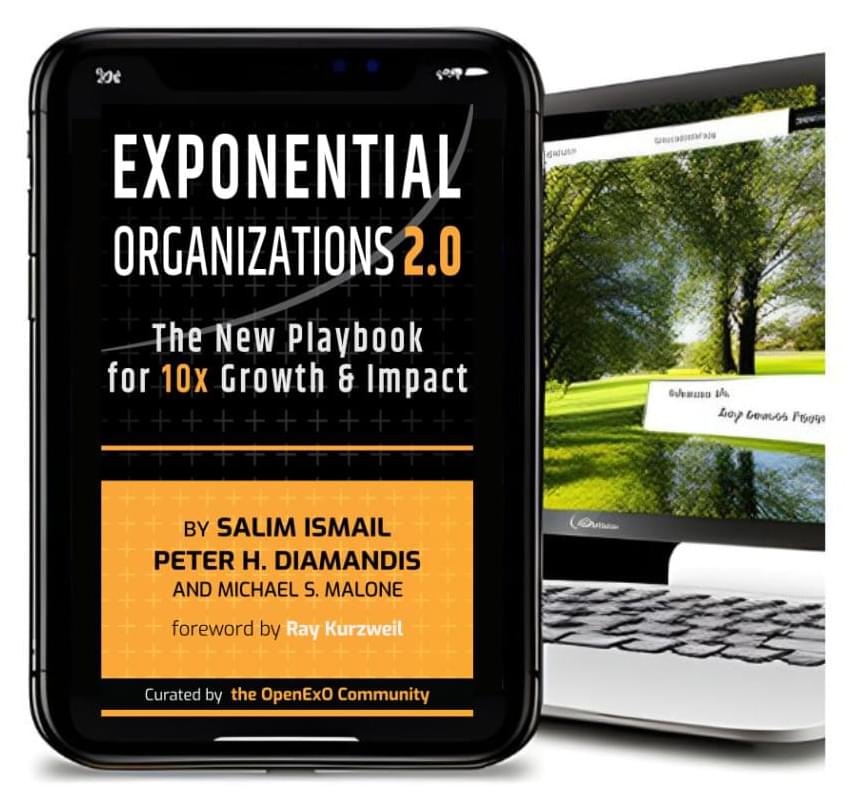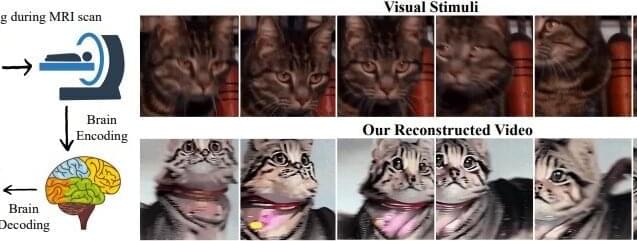An influx of federal infrastructure money “shows huge appetite” for innovative solutions to tackle traffic problems, says Shailen Bhatt.
The state of Delaware is set to introduce Artificial Intelligence to keep citizens safe from possible weather threats by predicting them early and broadcasting alerts.
Home to some of the most beautiful beaches on the East Coast, Delaware recovered from a COVID slump to attract a record number of 28.3 million visitors in 2021, expected to be surpassed by 2022 figures to be released later this year.









